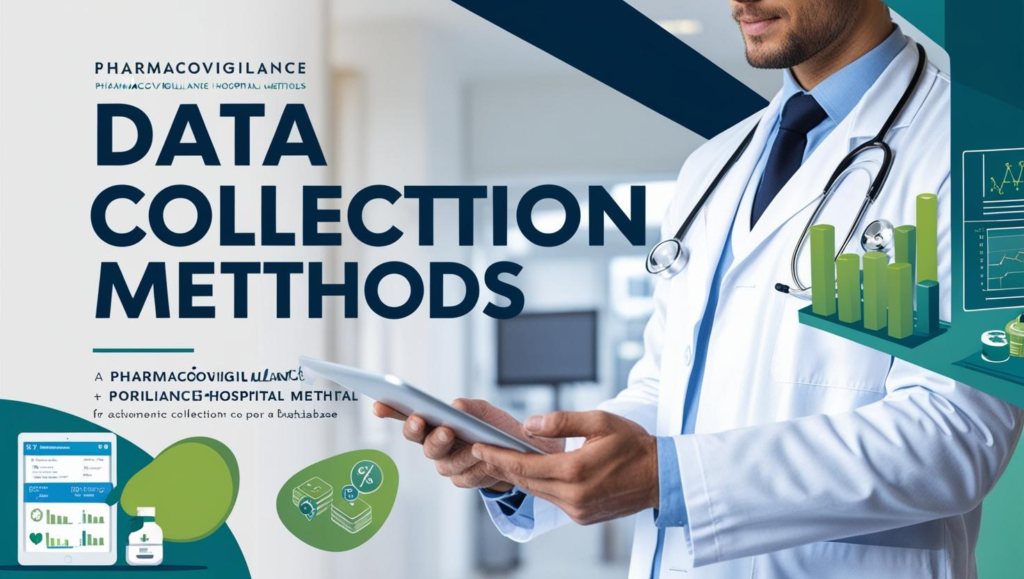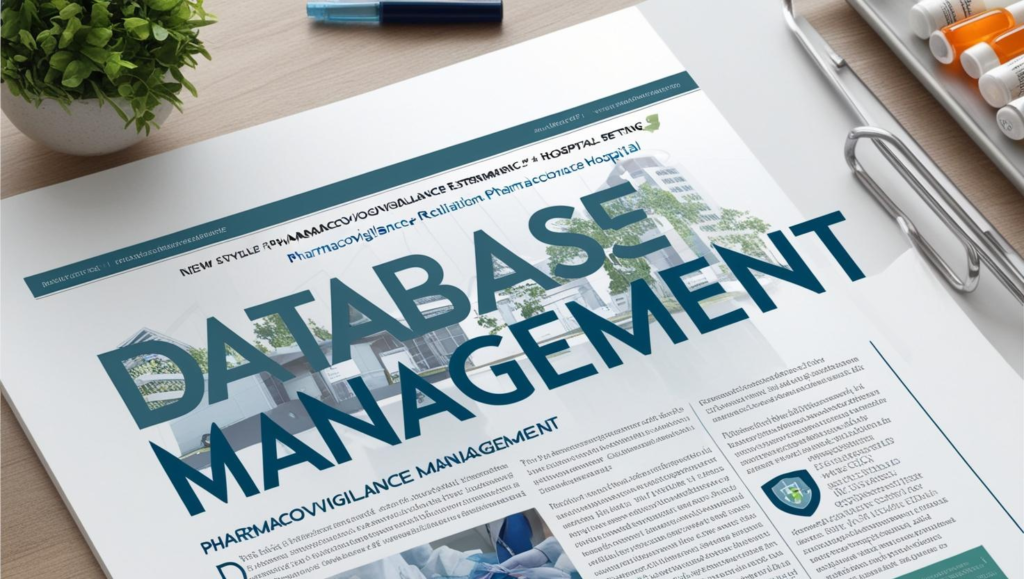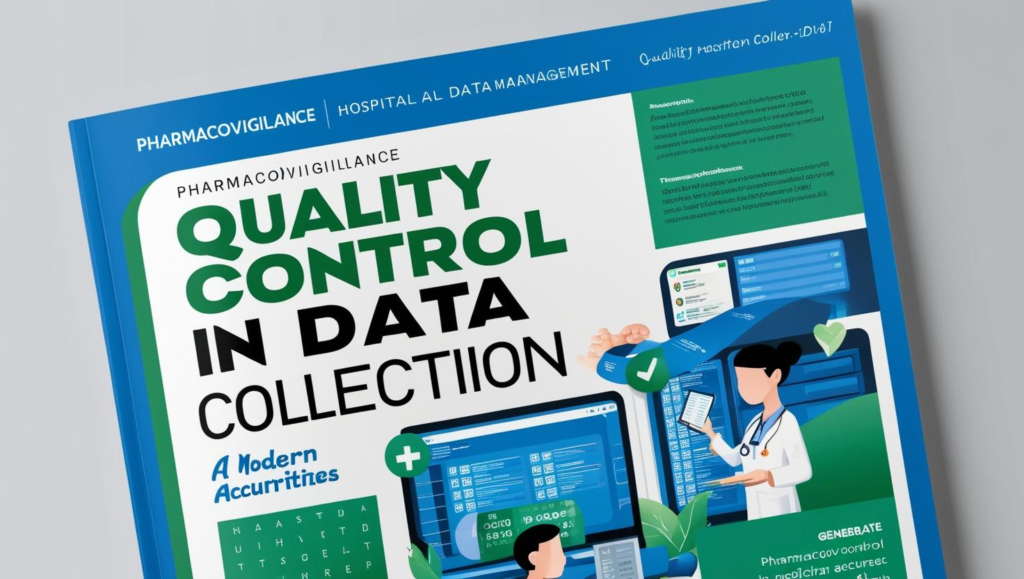
Data Collection Methods
Data collection is the backbone of pharmacovigilance. It involves gathering information on adverse drug reactions (ADRs) and other drug-related issues from various sources. Here are some key methods:
- Spontaneous Reporting Systems: Healthcare professionals and patients can report ADRs through systems like the FDA’s MedWatch or EMA’s EudraVigilance.
- Active Surveillance: Involves proactive monitoring, often through studies or follow-up with patients, to collect ADR data.
- Electronic Health Records (EHRs): Large databases of patient records that provide a wealth of information on drug safety.
- Clinical Trials: Data is collected systematically from participants during clinical trials.
- Patient Registries: Long-term data collection from specific patient groups using particular drugs.

Database Management
Once data is collected, managing it efficiently is crucial. This involves storing, organizing, and ensuring the quality of the data to make it useful for analysis and reporting.
Key Aspects:
- Data Entry and Storage: Accurate entry of data into electronic databases. Systems like Oracle Argus Safety or Veeva Vault are commonly used.
- Data Cleaning: Identifying and correcting errors or inconsistencies in the data.
- Data Integration: Combining data from different sources to create a comprehensive dataset.

Quality Control in Data Collection
Ensuring the quality of data is essential for reliable pharmacovigilance. This involves various quality control measures:
- Standardization: Using standardized forms and procedures to collect data consistently.
- Training: Educating staff on correct data collection methods and the importance of accurate reporting.
- Audits and Reviews: Regular audits and reviews of data collection processes to identify and rectify issues.

Entertaining Example
Imagine pharmacovigilance data collection and management like running a busy bakery. The bakery needs to gather feedback from customers to ensure the quality of its products.
- Data Collection Methods:
- Spontaneous Reporting: Customers can drop feedback cards in a suggestion box about their experiences with the bakery’s products.
- Active Surveillance: The bakery conducts regular taste tests and follows up with loyal customers for their opinions.
- EHRs: The bakery keeps detailed records of customer purchases and any reported issues, like allergies or dislikes.
- Clinical Trials: Before launching a new pastry, the bakery tests it with a small group of customers and collects their feedback.
- Patient Registries: The bakery maintains a registry of regular customers who have specific dietary needs, tracking their feedback over time.
- Database Management:
- Data Entry and Storage: All feedback is entered into a computerized system that tracks customer preferences and complaints.
- Data Cleaning: The bakery staff regularly checks the feedback for duplicates or errors and corrects them.
- Data Integration: Feedback from suggestion boxes, taste tests, and customer purchases are combined to get a full picture of product quality.
- Quality Control in Data Collection:
- Standardization: The bakery uses standardized forms for collecting feedback to ensure consistency.
- Training: The bakery staff is trained on how to ask for feedback and record it accurately.
- Audits and Reviews: The bakery manager regularly reviews the feedback collection process to ensure it meets quality standards.



